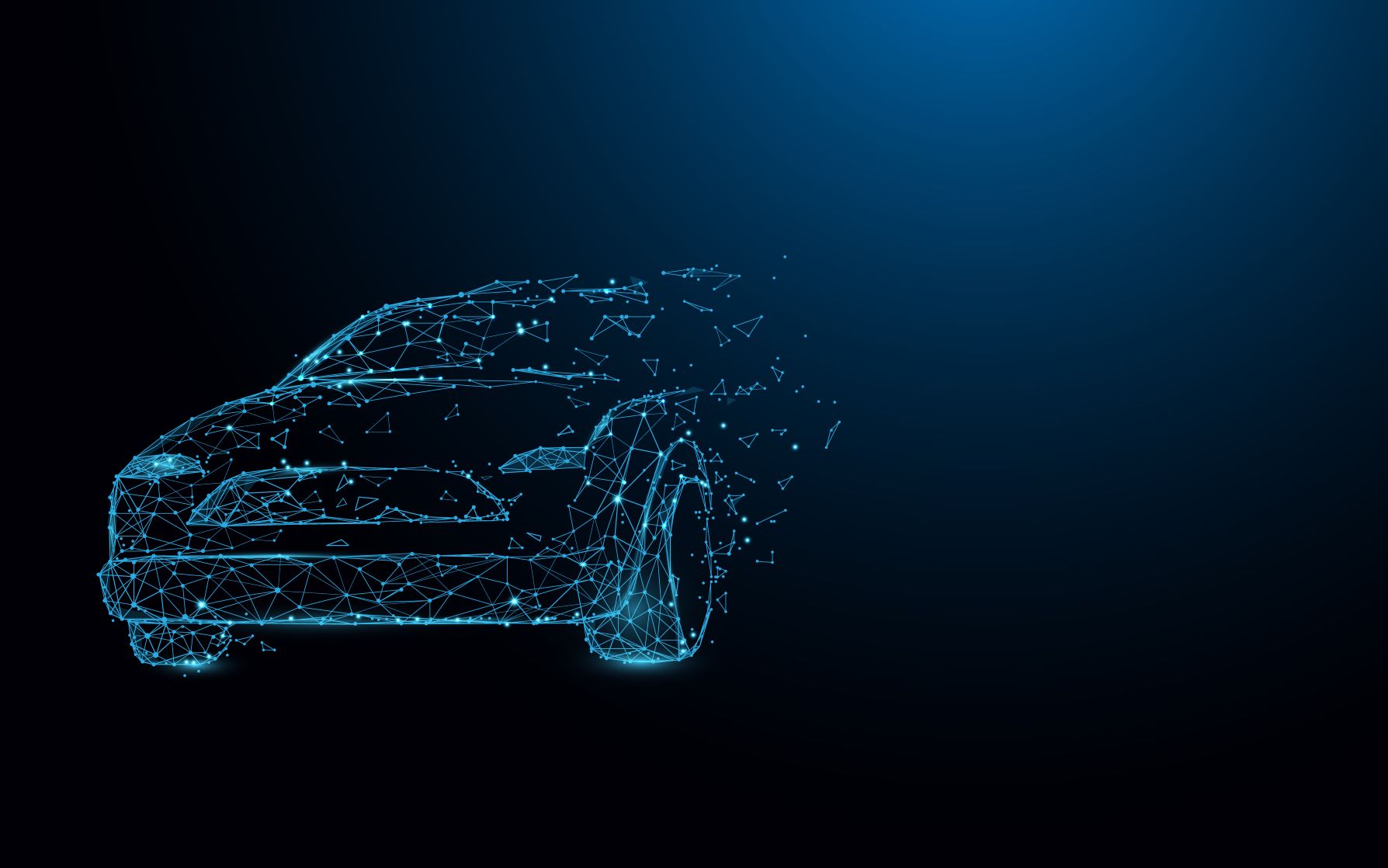Fact or fiction? 5 myths about start-stop
This article contains:
Myth:
Start-stop discharges the battery so much that at some point the vehicle can no longer start.
Fact:
All vehicles with start-stop function have a battery sensor and an energy management system which are matched to the architecture of the vehicle and the battery. The battery sensor continuously monitors the state of charge of the battery and only switches the engine off if all vehicle parameters for a reliable new start are met. In addition to the state of charge, the battery management systems also monitor the state-of-health of the battery.
Most vehicles operate the battery at much more than 70% of the state of charge (SOC). With this, starting is always ensured if the battery is in good condition. If the battery has reached the end of its service life the start-stop function is deactivated by the vehicle’s energy management system. In this case the battery should be replaced with a new and equivalent battery in good time, otherwise the starting capability is no longer ensured, especially after long standstill periods and when the engine is cold.
Myth:
Manufacturers of start-stop systems do not comply with uniform standards. This compromises the battery.
Fact:
In order to meet the Euro 6 requirements, there are actually several versions of start-stop systems. Of course, a balance between costs and benefits always plays a role. Therefore, the measures in a luxury vehicle are more sophisticated than in a compact car. However, in every vehicle the manufacturer matches the battery to the particular requirements, so that reliable and efficient functioning is ensured.
With VARTA batteries you can be certain that they were originally produced for use in new vehicles. Our original spare parts meet the highest quality requirements and are designed for maximum performance. This is what the OE logo stands for.
Myth:
Start-stop increases fuel consumption by continually switching the engine off and on.
Fact:
This is not correct. Practical tests have shown that a saving of half a liter of fuel per 100 km can be achieved. Thanks to the automatic start-stop system, some vehicles use as much as 15% less fuel than when the start-stop system is deactivated. This is certainly good for the environment – because no exhaust gases are produced when the engine is stopped and therefore no CO2 is emitted into the atmosphere.
Myth:
Start-stop takes too much of the decision process away from the driver. Therefore they surrender a considerable part of their control.
Fact:
This unease may come from memories of the times when they stalled the engine at a green traffic light as learner drivers.
The fact is people become increasingly familiar with new assistance systems in modern vehicles. For example automatic light switching, automatic activation of the windshield wiper when it rains, or vibration of the steering wheel with activated lane-assist if you leave the lane without indicating. All of these are initially unfamiliar, but quickly become natural when they are used every day.
Myth:
You have to wait for the engine to start again and therefore cannot drive off quickly.
Fact:
Vehicles now respond so quickly when the clutch or the accelerator are pressed that there isn’t really a noticeable delay when starting. The delay can often be due to distractions rather than due to starting the engine with the start-stop system.

